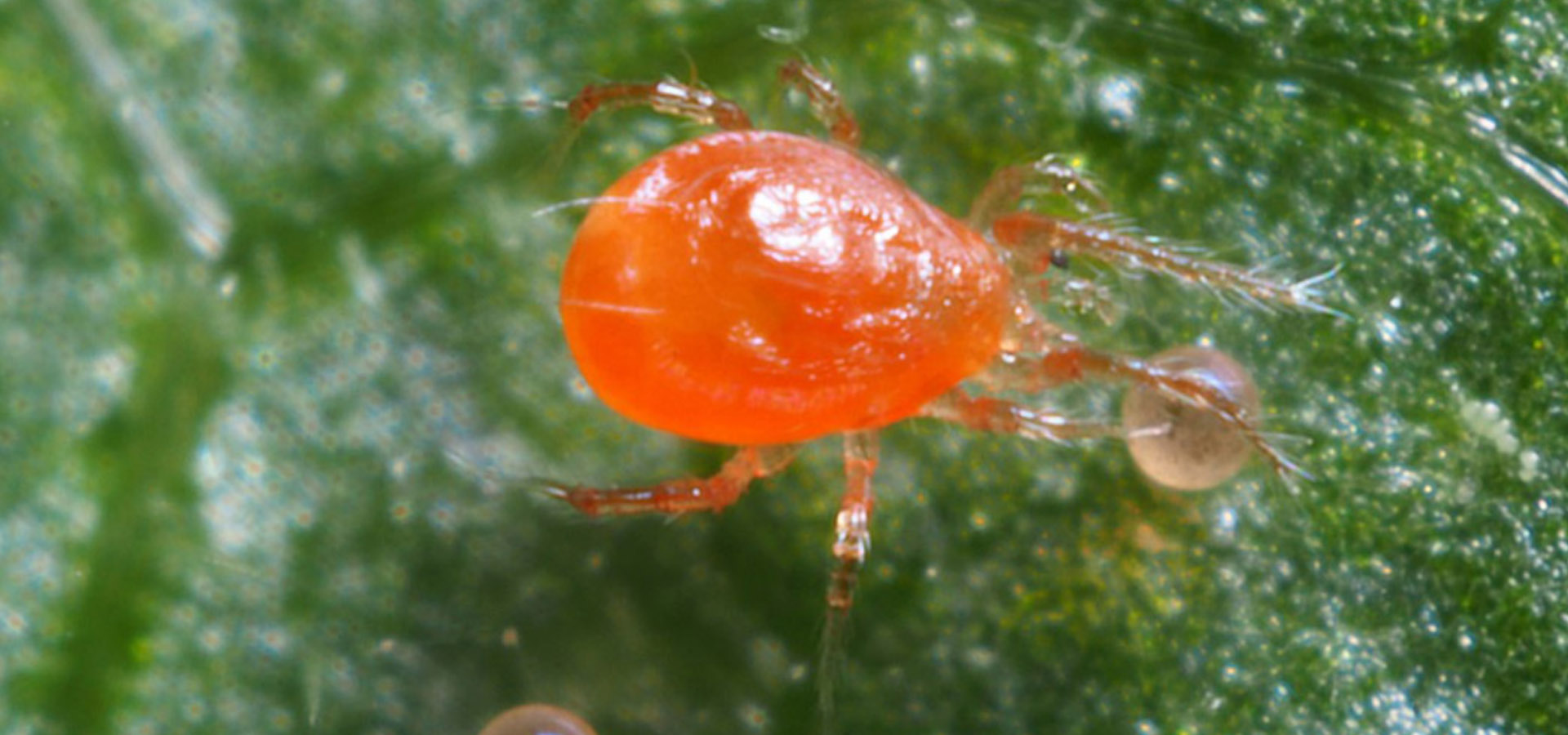Russet Mites are devastating and can be hard to get rid of, below are some proven tips to rid yourself of this pesky pest. If you would like to place an order for any of our products, please Click Here, or visit the link in the navigation menu above under Applicator Tips. Below is a quick reference guide for defeating russet mites and if you have the time, further below, is a half an hour comprehensive lecture video by Ron Lane, CEO of Circadian Crop Sciences, LLC that describes a proven plan for winning the war on russet mites. If you’re serious about getting rid of and preventing russet mites, this video is a must see.
Russet Mite Control Quick Reference Tips
- Spray Circadian Sunrise (1 oz/gal)
Substitue every 3rd or 4th spray with Long Shadow ( 1/2 oz/gal) - Start With a Clean Facility/Field
Greenhouses and grow rooms should clean and disinfect between crops. Use solar energy if possible to raise temperature above 49 C (120 F) for several hours. Stay below 60 C (140 F) to protect electronic equipment. Field producers should follow standard practices of using cover crops and crop rotations to rebuild soil and break pest cycles. Tarping bare soil prior to planting with clear plastic for several weeks is recommended - Start With Clean Plants
Plants started from cuttings are more likely to harbor russet mites than those started from seed or tissue culture. Spray or dip rooted cuttings with a solution of Circadian Sunrise (1/oz/gal) and All Phase (10 to 15 gm/gal) prior to transplanting in grow area - Weekly Crop Inspection (15x to 20x Hand Lens Required)
Look for smaller than normal leaves, yellowing and bronzing of leaves, upward curled leaves, and small, clear, slug-shaped little devils with four tiny legs about their head. This article can help you (Hemp Russet Mite Revision July 2018).pdf (colostate.edu) - Introduce Predatory Mites in Sachets
Distribute sachets of predatory Amblyseus spp. mites throughout the grow area (consult with beneficial mite supplier to determine number of sachets per unit area for your situation). Sachets contain grain, a harmless mite that feeds on the grain, and predatory mites that feed on the grain mite. Over time predatory mites escape from the sachets to roam about looking for something to eat, like russet mites and their eggs.
Controlling Outbreaks
Day 1 – Spray Circadian Sunrise (2 to 3 oz per gallon) + All Phase (10 gm/gal)
Day 2 – No Spray
Day 3 – Spray Long Shadow (½ to 1 oz/gal) or Circadian Sunrise (2 to 3 oz/gal)
Day 4 – No Spray
Day 5 – Spray Circadian Sunrise (2 to 3 oz per gallon)
If the population of russet mites crashes sufficiently, go to a preventative program. Otherwise repeat the spray cycle with the addition of a high quality surfactant such as HiWett or Silwet L-77. This will help get the spray into tighter crevices where russet mites can remain untouched. Test for phytotoxicity prior to a broad scale application.
View our full: Russet Mite Control Quick Reference Guide
Play the comprehensive video by CEO, Ron Lane of Circadian Crop Sciences on a Proven Plan for Winning the War on Russet Mites below:




